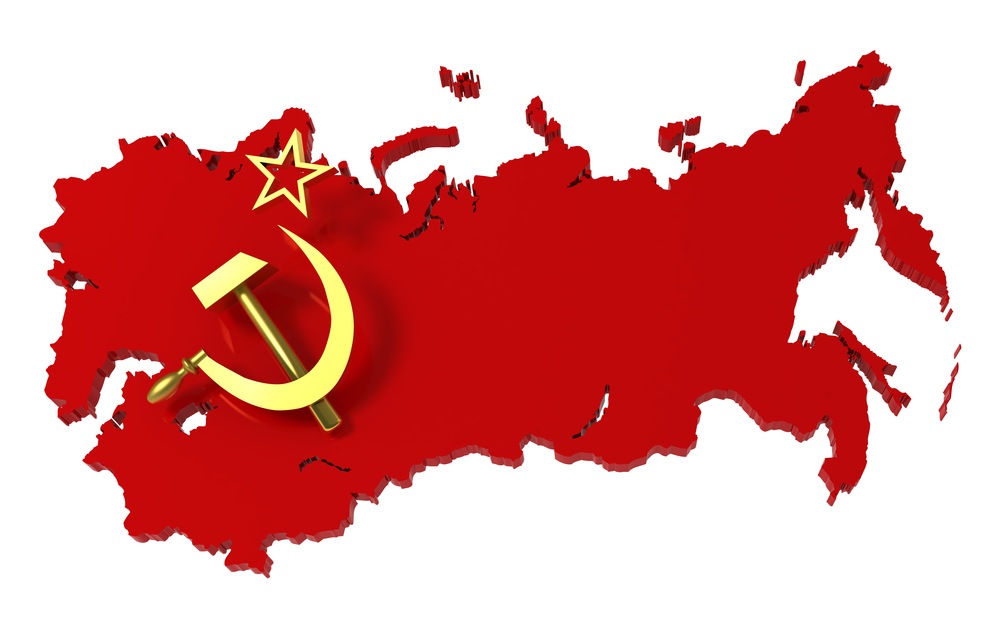
ShutterstockThanks for all the cheap power.
Peace-loving opponents of nuclear energy might find themselves a little conflicted over this one.
U.S. nuclear plants have been using uranium from decommissioned Russian warheads to provide an astonishing 10 percent of America’s electricity over the past 15 years. From Agence France-Presse:
Rose Gottemoeller, US under secretary of state for arms control, told a UN committee [that a 1993 arms-reduction] accord was a disarmament success.
Arms control experts call it the “megatons-to-megawatts” deal and hail the accord as a little known but important example of the United States and Russia pressing disarmament. …
Signed after the collapse of the Soviet Union, the deal was concluded as the two countries sought ways to get rid of warheads under their 1991 Strategic Arms Reduction Treaty.
But Russia has concluded that it’s been getting a raw deal, so it’s ending the arrangment:
[T]he deal under which 500 tonnes of Russian weapons-grade uranium has been used to light and heat American homes will end next month because Russia believes its former Cold War rival has been getting energy on the cheap. …
The United States tried to extend the accord, but Russia refused saying the price was too low, diplomats said.
The final shipment under the old agreement is due to be sent next month. Under a new contract, the U.S. will get about half as much uranium from Russia as it’s currently receiving, and that uranium will be commercially produced rather than recycled from old warheads.
The tapering off of cheap Russian uranium is bad news for an industry already in the doldrums. The U.S. nuclear industry will also be challenged by a shrinking supply of a type of lithium produced only in Russia and China, according to a new report.



